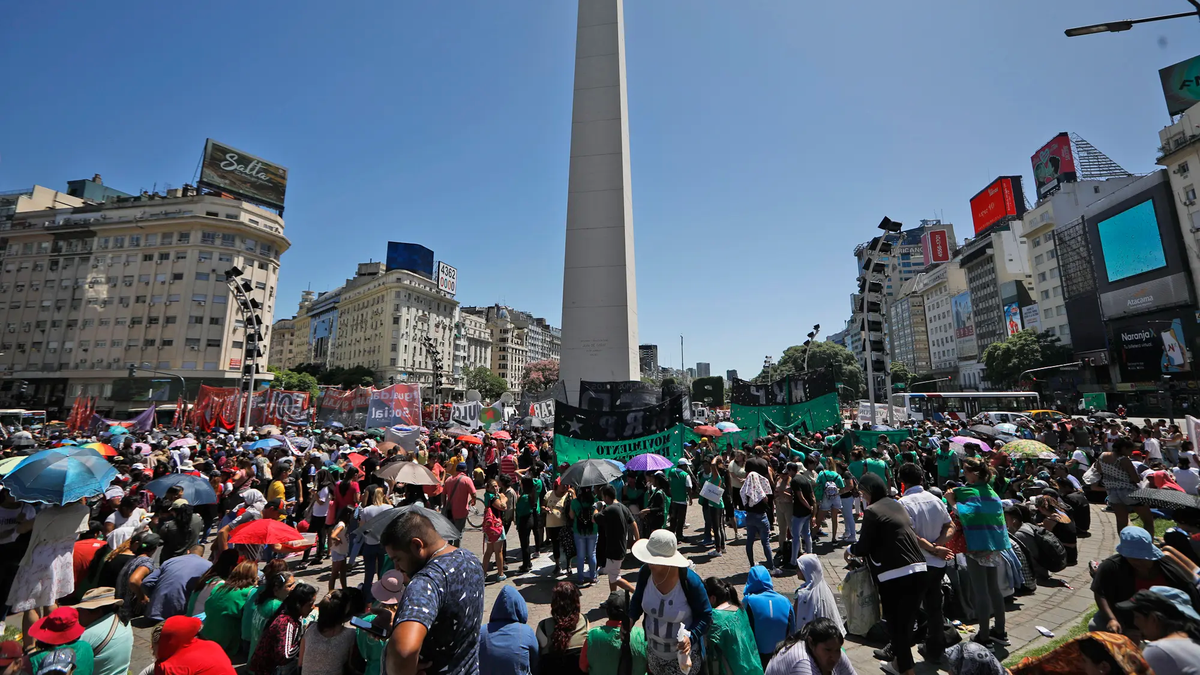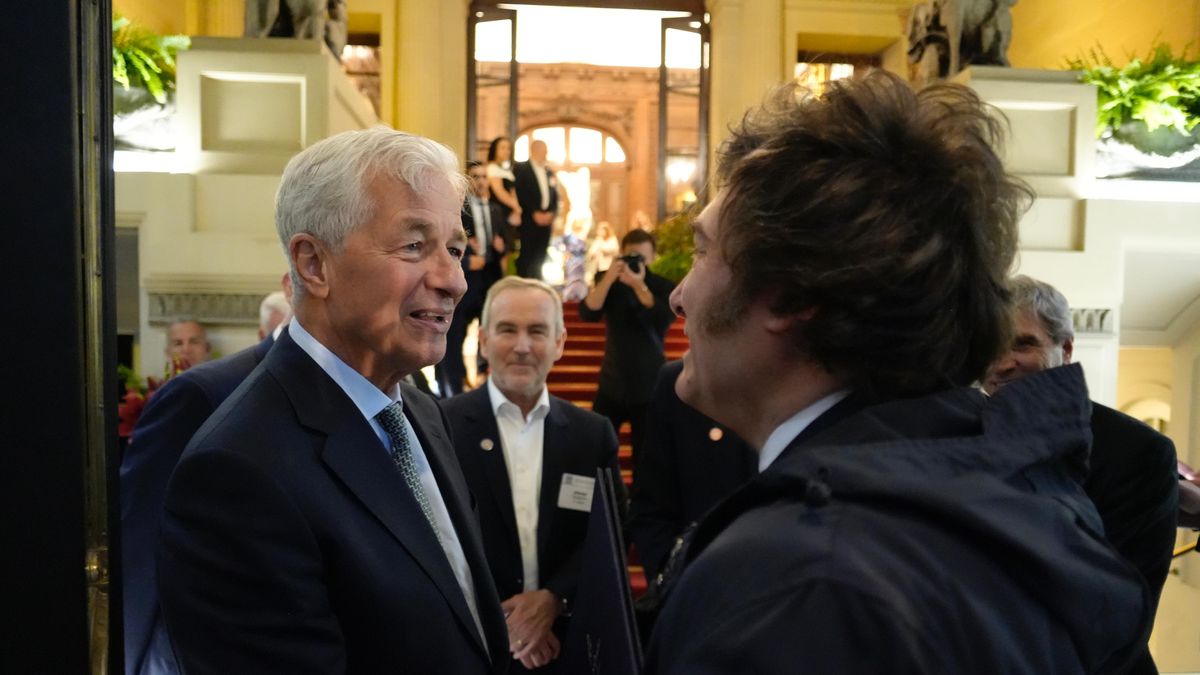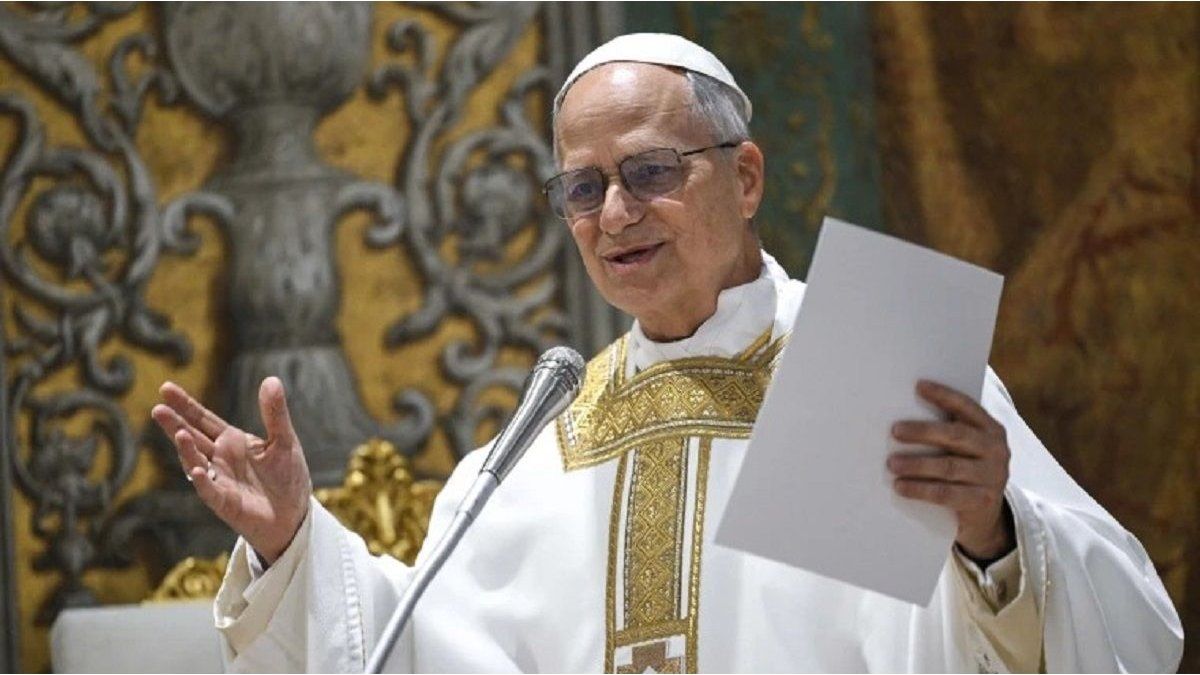This peculiar characteristic has always provoked resistance to the full acceptance of its validity, even after -perhaps especially after- its constitutional consecration, in article 14 bis of 1957.
It is common to maintain that the strike has evolved, like other rights of a collective nature, from repression to tolerance and then to guarantee. But this transit has not been exactly linear, and less so in our country. In the historical moments of dictatorships, forms of criminalization have appeared (thus, the typification of strikes as a crime, through the so-called “law” 21400 of the year 1976, repealed in 1983) and in the historical moments of constitutional governments, the tendency It was oriented towards the search for ways of social control for its production, such as the setting of minimum guards in essential services, the deduction of wages on strike days, its proceduralization through conciliation and arbitration mechanisms or restrictions on what What does your ownership do?
The current bill, signed by senators from Together for Change, Carolina Losada, Luis Naidenoff and Alfredo Cornejo, among others, break with that scheme and proposes a form of criminalization of the strike in the course of a constitutional governmentsetting the prison sentence of two to four years for those who “prevent, hinder or hinder the normal functioning of an establishment… blocking by any means the free access and exit of people and vehicles…”.
If the measure harms “the continuity or modalities of a contractual or employment relationship of a third party”, the penalty is raised to a minimum of three years and a maximum of six. And if a “union representative” participates in it, in addition to prison, a disqualification from holding office is proposed, for twice the length of the sentence.
Such a project led us to reread the “law” of September 1976 and that comparative reading gave us the surprise that the text of the former was more benevolent with the workers.
Indeed, The rule of the dictatorship provided for a lesser penalty (from one to six years) and established a requirement absent in the current project: that the measure had been carried out “using any form of violence, coercion, intimidation or threat.”
On the other hand, that penalty was applied to those who participated in a strike carried out, not at any time or circumstance, as appears from the current project, but once the state of siege had been declared and that, “in circumstances of alteration of public order or economic or social emergency”, the Executive Power would have expressly suspended “the carrying out of forceful measures”.
At this point we believe it is necessary to remember that the strike is not “the conflict, but only its manifestation. The conflict exists and underlies, by definition, between capital and labor, in a society that is governed by the laws of the market in regard to the allocation of resources.
So that preventing, hindering or directly eliminating the strike does not mean eliminating the conflict, but only eliminating the tool that the workers have to go through it. It means unbalancing labor relations, accumulating employer power and weakening workers and their representative organizations. Because the strike “is not” the conflict, but it “is” freedom of association.
In any case, it would not be correct to affirm that Losada, Naidenoff and Cornejo have emulated Harguindeguy, Liendo and Martínez de Hoz, signatories of that “law”. In fact, they have surpassed them.
Labor lawyer, union adviser, university professor
Source: Ambito




